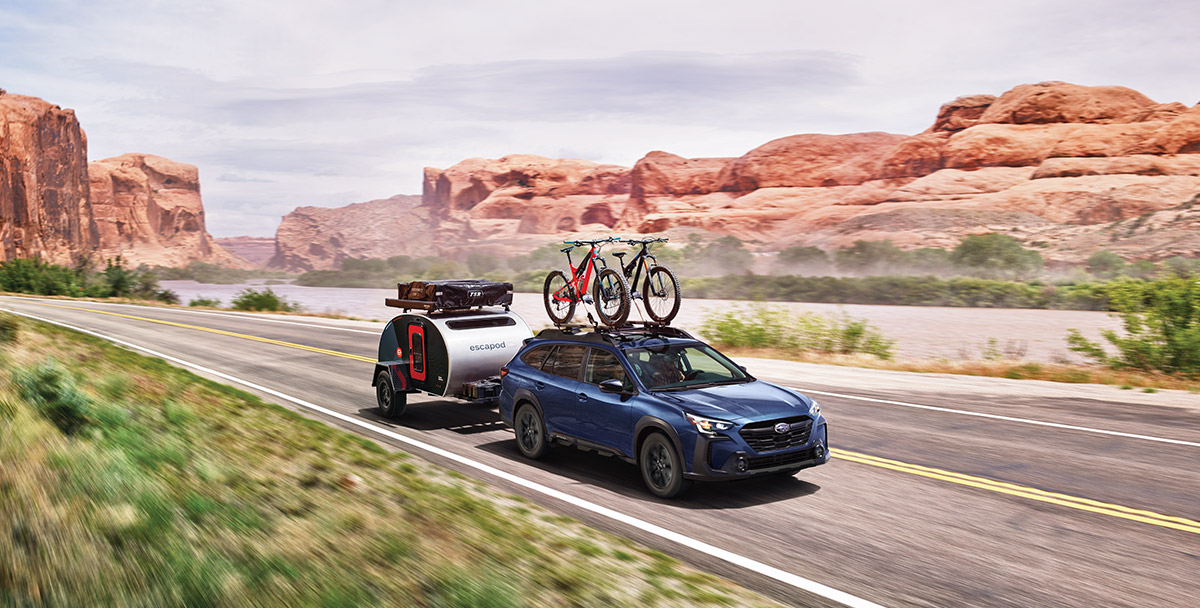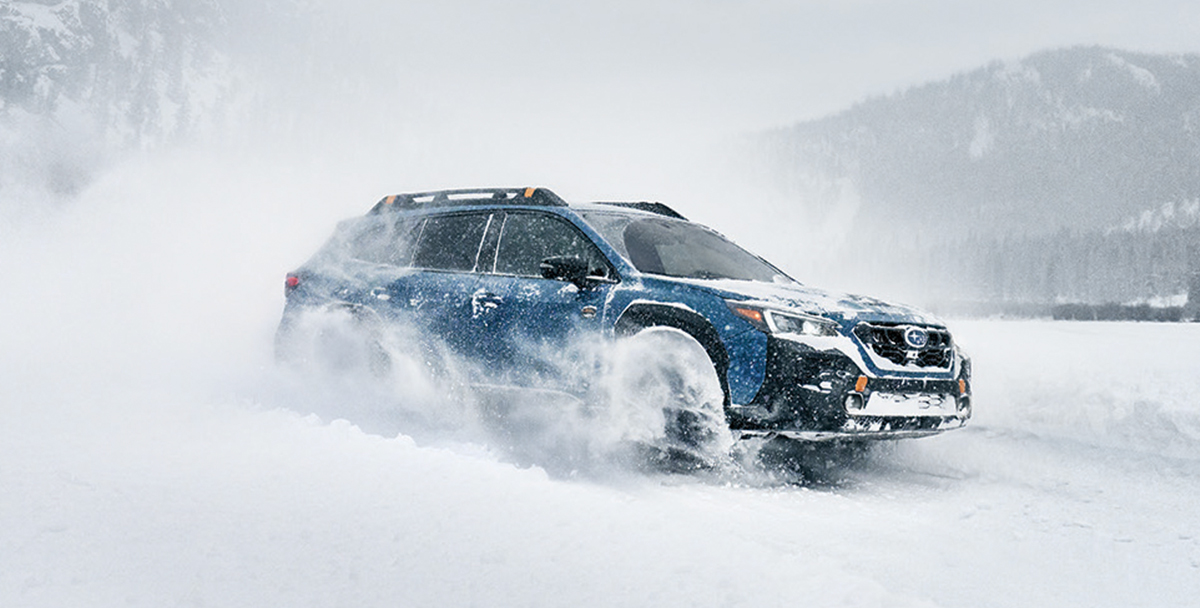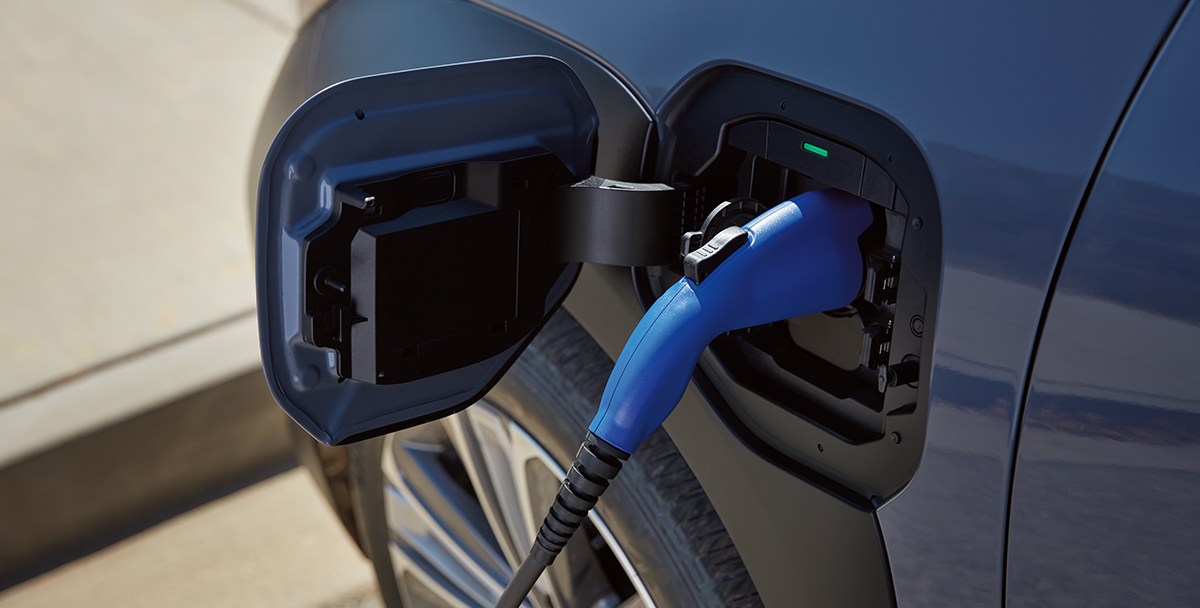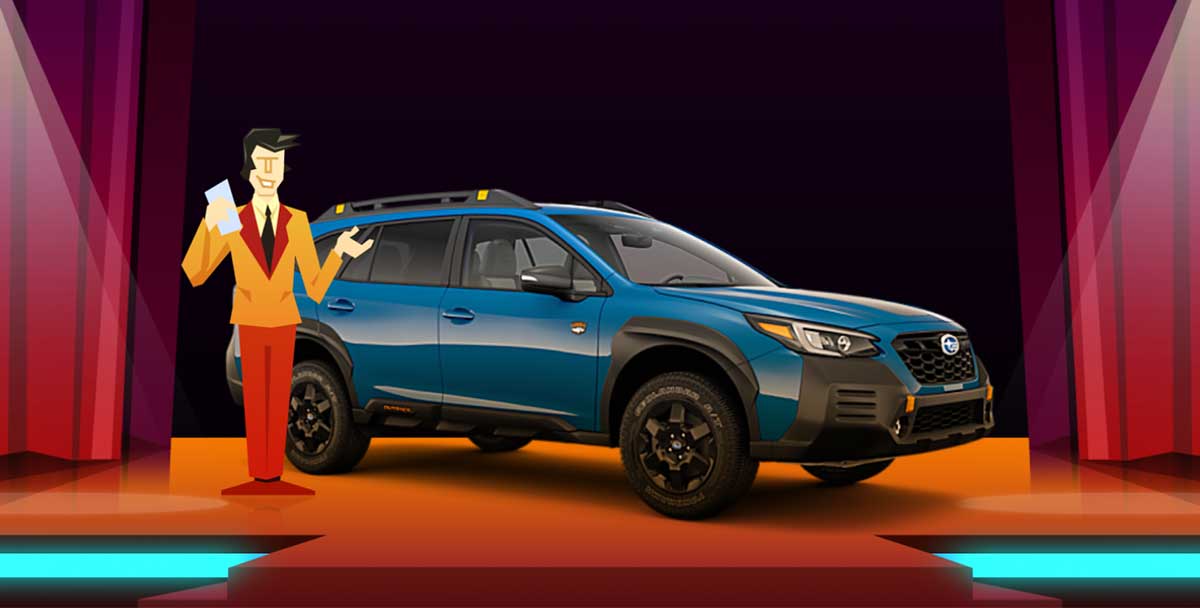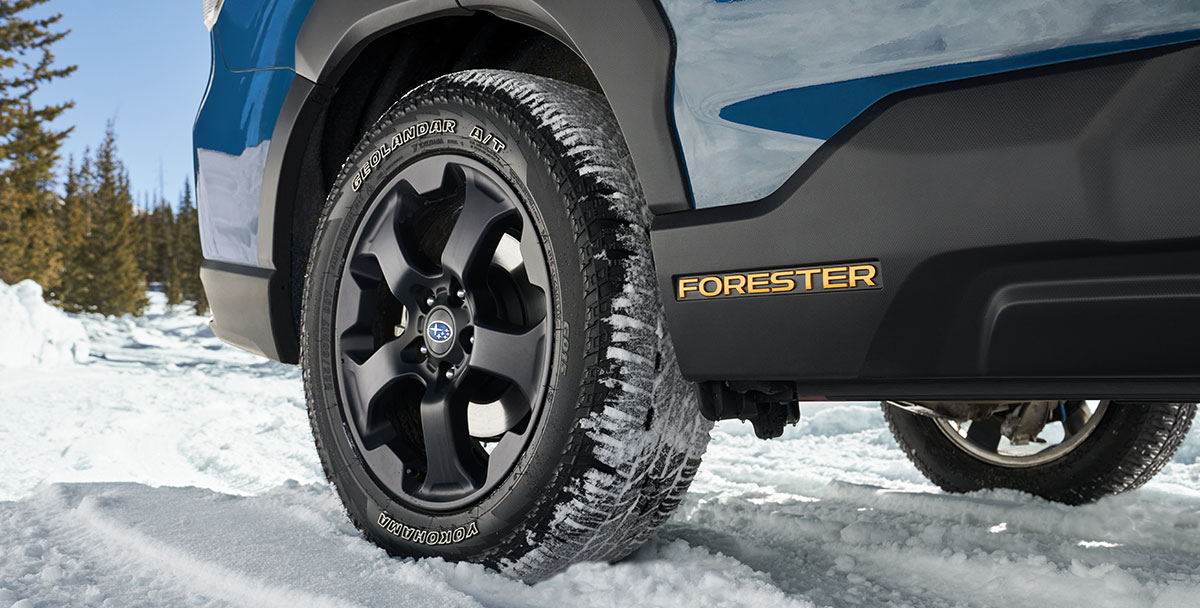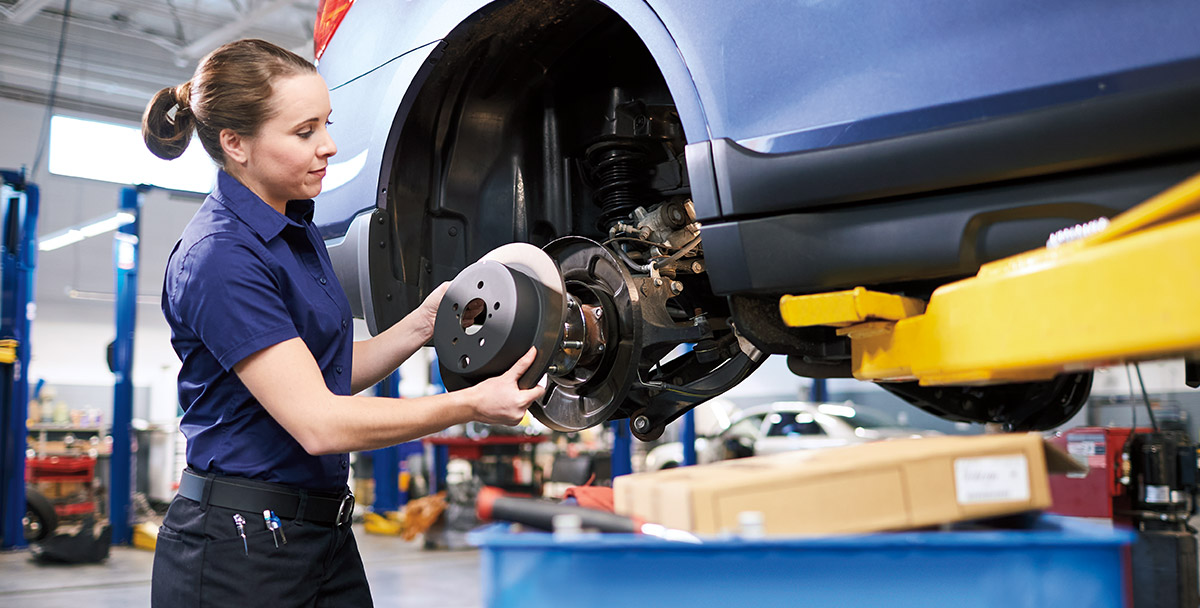Here in Camden, New Jersey, at Subaru of America headquarters, our employees are under a stay-at-home order, like many others throughout the country. While we’re not driving, we don’t want to forget that our vehicles need a health and wellness check as much as we do. Much like people, cars don’t like to sit for extended periods of time, so here are a few tips for maintaining your car while we all practice social distancing to keep everyone safe.
Learn About Your Vehicle
We’ve heard all about your newly acquired bread-baking skills during this shutdown, but while you’re waiting for your latest loaf to rise, take some time to read your Owner’s Manual.
Owner’s manuals may not make exciting reading, but they’re packed with valuable instructions, information and warnings. Get acquainted with your Subaru, and learn what those buttons do and what those dings and dongs are telling you. Learn all the nifty features you didn’t even know about and how to customize settings for vehicle personalization.
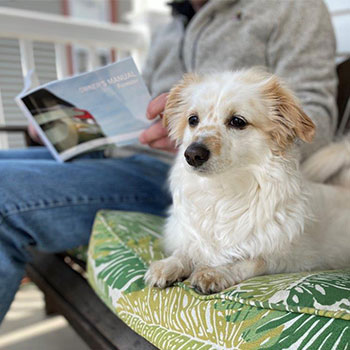
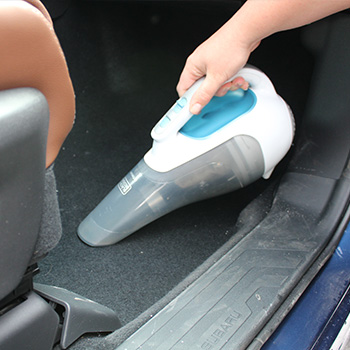
Clean It Up
Now that you’ve binge-watched everything on Netflix, take the time to give your Subaru some love. Get outside, enjoy the nice weather and clean your car (at an appropriate social distance from your neighbors, of course). It may seem counterintuitive to clean your vehicle when you’re not driving it, but it’s a satisfying job and shouldn’t be overlooked.
Insects, tree sap and bird droppings left on the car can damage the paint, so wash them off using a light detergent. Do not use strong soap or chemical detergents. Make sure to clean the wheels and underside of the vehicle to get rid of dirt and the last remains of winter salt. For added protection, give the car a coat of wax.
Vacuum and clean the interior of your car and find that missing french fry hiding under your seat. While it probably still looks fresh from the fryer, it isn’t a good idea to eat it.
The interior of your Subaru is surprisingly water- and airtight. If you leave it sit for an extended period with the windows closed, you’ll probably notice that the air inside has gotten stale. After you start the car, turn on the air conditioner for a few minutes with the recirculating button turned off, and roll down the windows to let fresh air flow throughout the interior.
Clean the glass inside and out, and don’t forget the mirrors.
Keep Critters Out
The bonus of keeping the interior of the car clean is that it’s less attractive to critters like field mice (bad) and squirrels (worse). We’ve even seen small animals get inside vehicles used daily, and they can wreak havoc.
Squirrels can get under the hood and make a mess with leaves, stuffing them in every available nook and cranny, or chew through wires. That’s particularly an issue when the vehicle is left outside, but it can even happen indoors.
You’d also be shocked at how many photos we’ve seen online featuring rodents that find their way into dog food stored in the garage and then squirrel it away (See what we did there?) in the airbox that houses the air filter. If you have dogs, store their food away from the car.
Maintain the Engine and Transmission
A vehicle can generally sit for weeks with no problems, but you’re better off driving it a couple of times each month. Taking a vehicle out for a drive and getting it fully warmed up gets the fluids moving through the engine, transmission, brake and steering hydraulic systems and climate control system. It will also ensure that the battery recharges.
If it’s not possible to drive, let the engine idle for about 30 minutes outside, making sure it gets up to normal operating temperature, as indicated when the blue thermometer on the instrument panel turns off or when the needle is in the middle of the range for models with a temperature gauge.
The acceptable length of time to let the engine idle may be bound by local laws and regulations. Check your local rules before idling for an extended period. If you can’t go for a drive, practice your parallel parking skills.
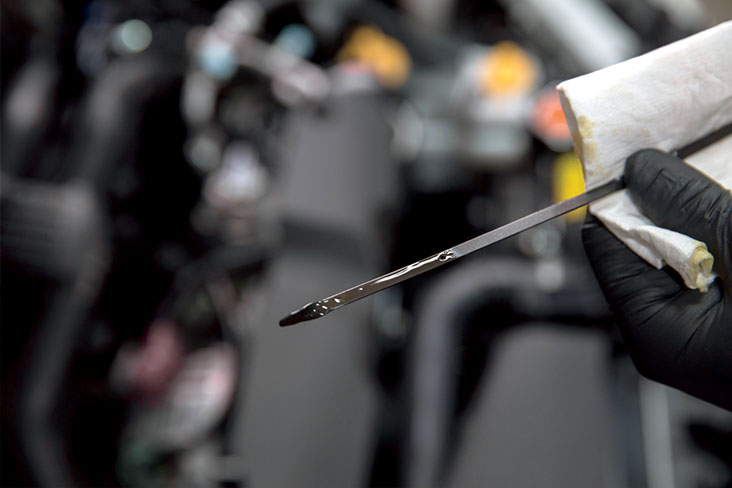
Top Off the Fuel Tank and Check the Oil
If you can get out, a good destination for a drive is a gas station. Topping off your fuel will help prevent moisture from accumulating in the tank. While there, you can check your oil level and tire pressures and fill both if needed.
Keep the Battery Operating
When a vehicle sits, its battery will slowly lose charge over time, and it’s not because there’s something wrong with the battery. Keyless entry, memory seats, radio memory functions, the security system and many other features of your Subaru vehicle draw tiny amounts of power even when it isn’t running.
As with the other engine functions, it’s best to drive the car to charge the battery, but you can let the vehicle idle for 30 minutes once a week as an alternative. To help the battery fully charge, don’t just rely on the daytime running lamps that come on automatically; turn the headlamps to the “ON” position. (If you're idling a Crosstrek Hybrid, be sure that the vehicle is in the “Ready-ON” position.) Refrain from unnecessarily cycling the ignition on and off and locking and unlocking doors – doing this will activate the vehicle’s computers, straining the battery’s stored energy since the computers can take up to 20 minutes to shut down.
And as mentioned above, the acceptable length of time to let the engine idle may be bound by local laws and regulations. Check your local rules before idling for an extended period.
If the battery is completely dead, you may need a jump-start or to have the battery charged before it can start the engine. If the vehicle requires a jump-start, it is suggested that one hour of driving or idling might be necessary to provide enough charge to start the vehicle again without jump-starting it.
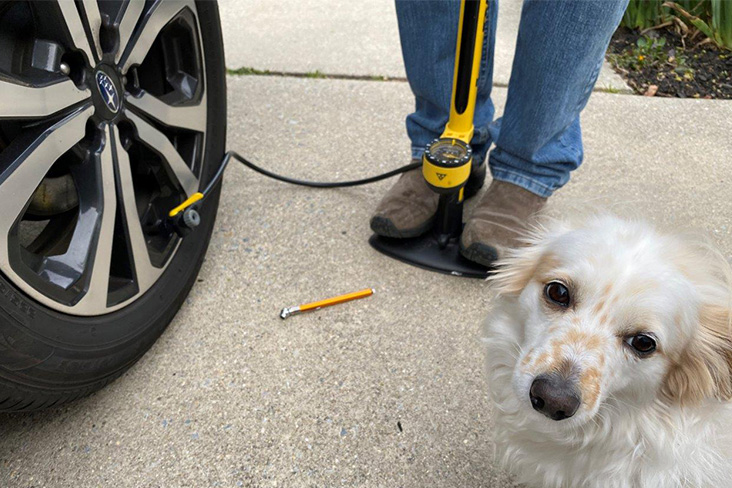
Don’t Forget About the Tires
While starting up a vehicle occasionally is aimed at keeping the battery and drivetrain healthy and operational, it’s also important to consider your tires.
Start by checking your tire pressures, as tires can slowly lose air even without a puncture. There is a label inside of the driver’s door opening that lists the recommended tire pressures for your vehicle. If you can’t make it to a gas station and don’t have a compressor, a bicycle pump can be used to inflate your tires.
When a car is parked for an extended period, the weight of the car is pressing down on the same spot on the tires, which can lead to flat spots that you’ll be able to feel when you drive. Driving the vehicle will bring the tires up to their normal operating temperature and help get rid of any flat spots.
If you can’t go for a drive, just back out of your spot, turn the car around and back in. That will rotate the wheels enough to prevent the weight of the car from resting on the same parts of the tire.
Park Properly
Close all doors and windows, and for automatic or CVT-equipped cars, make sure the vehicle is in park. For keyless access and push-button start cars, make sure to store the key fob more than 7 feet away from the car. The key fob generally needs to be within 7 feet for the car to recognize the key, but a little added distance doesn’t hurt. For traditional key-operated cars, do not leave the key in the ignition.
Use the Parking Brake the Right Way
The parking brake is operated by a cable or an electric motor that clamps the rear brake pads or shoes to the brake rotor or drum. If you’re leaving the vehicle for a long time, the parking brake can cause the brake pads to adhere to the rotor or drum surface, especially following periods of rain or high humidity.
If you’re going to drive the vehicle periodically, you’ll disengage the parking brake anyway. But if you’re not, cycle the parking brake off, move the car slightly and set it again, making sure that you don’t walk away from the vehicle at all while it’s running.
Stay Safe
Engine exhaust gas contains carbon monoxide, a colorless and odorless gas which is dangerous, or even lethal, if inhaled. Never run the engine in a closed space, such as a garage, except for the brief time needed to drive the vehicle in or out of it. Avoid remaining in a parked vehicle for a lengthy period of time while the engine is running. If that is unavoidable, use the ventilation fan to force fresh air into the vehicle.
We’re Here for You
Giving your vehicle some love during this time by following these steps will help keep it maintained and ready to go when you’re able to drive again and plan your next road trip.
If you find yourself with a question or a concern, feel free to call the Subaru Customer Advocacy Department at 1-800-SUBARU3. If needed, we can help locate and get in touch with the nearest available Subaru retailer for further assistance.
